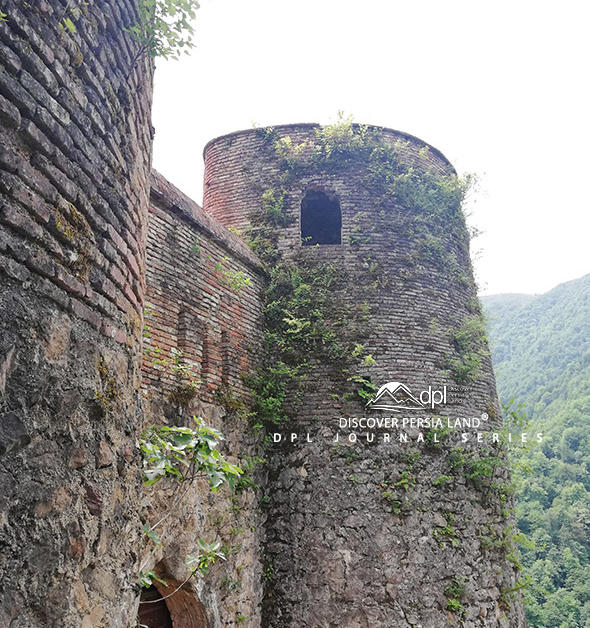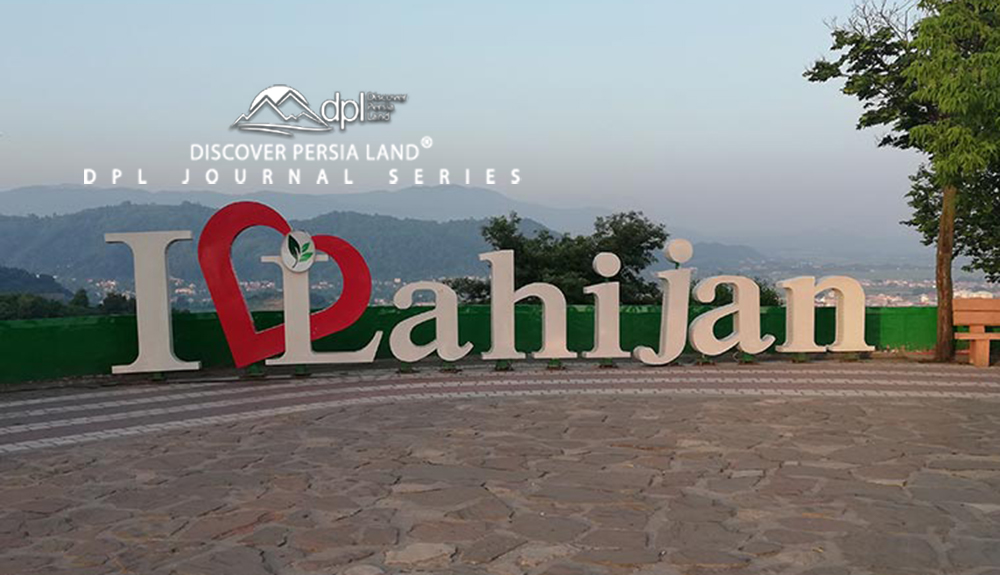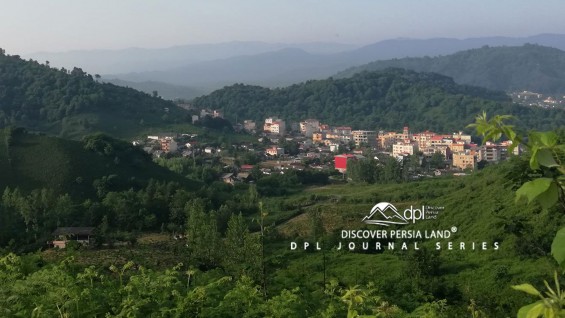Take a look at the natural and historical attractions of Gilan
Gilan is the greenest region of Iran with abundant forests and high rainfall between the Alborz Mountains and the Caspian Sea. It has a special geographical location.
Gilan is a watershed land that had been far from foreigners' attack for many years due to its dense forests. It has a valuable history along with its eye-catching natural attractions.
Gilan's ancient heritage dates back to the Marlik with more than two thousand years old. Gilan has many historical and natural attractions. There are traditional markets, the Sefid-rud river, many caves and rivers, pastures and fields of tea, rice, and hazelnut all over Gilan.
The Visadar Waterfall, the dream road from Asalem to Khalkhal, Anzali International Lagoon, which hosts a large number of migratory birds, as well as access to the Caspian Sea coast, make its location special in every way.
Olasbelangah village
This natural area is undoubtedly one of the most scenic attractions of Gilan, and even its access road is wonderful. The road from Masal to Gilvan is covered with dense and intertwined trees.
The beauties of this area which include the dreamy view of wild summer horses, the appearance of dense fog with the scent of fresh green plants, cool weather, and the pristine view of Masal from the heights in summer are waiting for you.
Wood is the only material used in the construction of the cottages, which has helped to preserve the nature and the special landscape of the area.

Rudkhan Castle, the pleasure of visiting history in the heart of nature
The ancient building of Rudkhan Fooman Castle, which was registered in the list of the national heritage of Iran in 1975, dates back to the Sassanid Empire. This building, which was built during the Arab invasion, was a strategic spot and now it has become one of the historical attractions of Gilan. The historical monuments of Qaleh Rudkhan include parts such as watchtowers.
To visit this castle, you have to start a hard and long walk from the first steps of the castle fort, a beautiful path covered with trees at the end reaches the unique and wide view of the castle.
The view of Rudkhan Castle, which is "the largest brick castle in Iran", faces the forest convoluted with bricks and the ancient building of the castle from top to bottom.
Masuleh village
Another one of the natural and historical attractions of Gilan is the ancient village of Masuleh, which was registered in the list of national monuments in 1975.
The world fame of this village is due to its special stepped architecture, which is popularly known since the yard of the building above is the roof of the building below.
The materials used to build houses are often a combination of wood, stone, and clay. You can also keep the memory of visiting this natural and historical attraction of Gilan alive by buying Masuleh souvenirs, i.e. dolls, and woolen socks, kilims, and pottery.
Spring is a better time to visit Masuleh; beautiful flowers on the clay stairs of old houses give a special effect to the village. Natural attractions around Masouleh include Kharboo (Khorramboo) Waterfall, Kusham Waterfall, and Lar Waterfall.
The historical village of Deylaman
Deylaman is another natural and historical attractions of Gilan, which is located in Siahkal with an altitude of 2000 meters above sea level. Deylaman was the original home of Daylamites and Al-Buwayh.
Loonak waterfall is also on the green and winding road to reach the cool and pleasant climate of this region, it is cold in most seasons though. If you travel to Deylaman, you will have the chance to see Anemone and Lilium ledebourii plains in Damash village and its green pastures around the region in June.
The Titi Caravanserai is another natural and historical attraction of Gilan in this region, which dates back to the Safavid period.
Subatan summer-quarter
Subatan summer region is located in the west of Gilan and hosts a large number of tourists every year. This summer area lacks electricity and gas, but it is one of the best trekking destinations in Iran. Despite the many changes in the traditional fabric of the city center, a large number of nomadic families still traditionally live in tents.
Subatan is one of the natural and historical attractions of Gilan, where several cemeteries with a life of more than a thousand years have been discovered. This has added to the historical importance of this attraction.
Subatan is covered with lush pastures and cool springs, and the growth of mint, angelica, and many plant species has given a special freshness to this area.

Lahijan
Lahijan is one of the cities of Gilan province that has a long history and is located on the access road to Siahkal and Langrud. Lahijan, which is known as the city of tea, contains many attractions of Gilan.
The nature of this city is not limited to wetlands, mountains, and forest roads. Golshan Historical Bath, Kashif Al-Saltanah Tomb and Tea Museum, Amirkalayeh International Wetland, Sustan Wetland, and lush tea and rice fields are other attractions of this city.
For more information about Gilan attractions, check out Taymaz Adventure
Written by Sahar Fazeli
Source: DPL Journal

